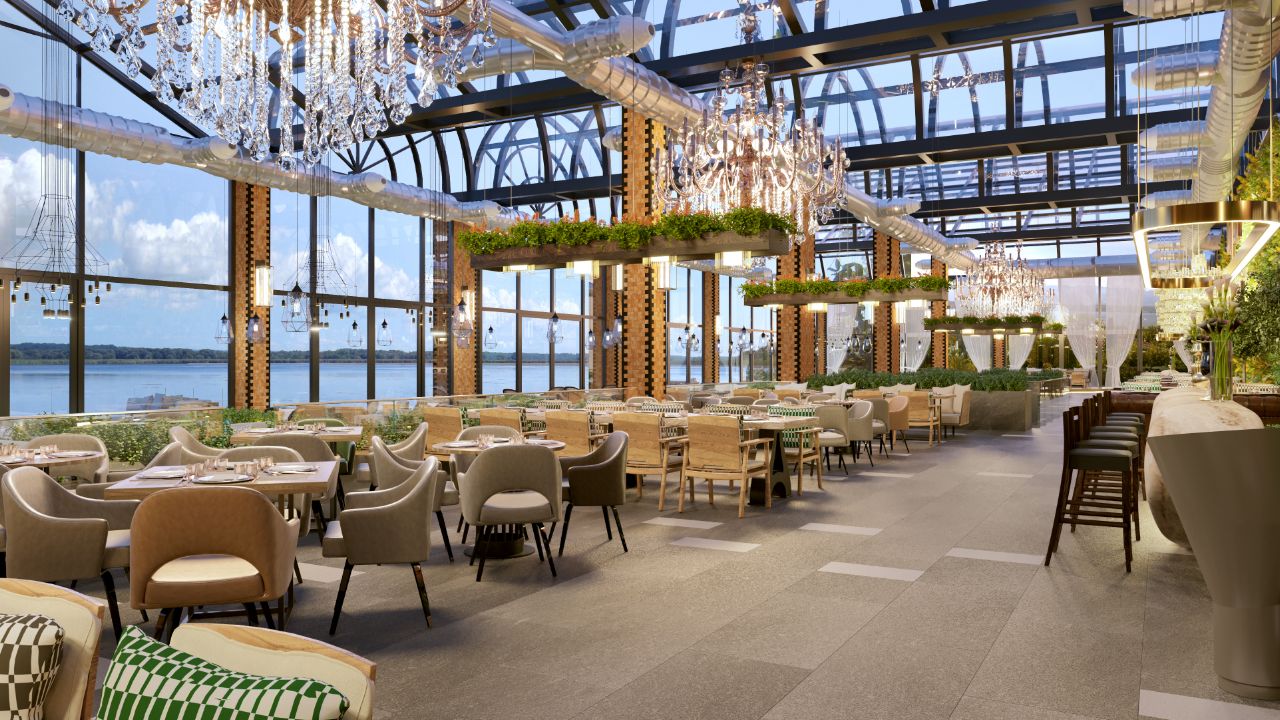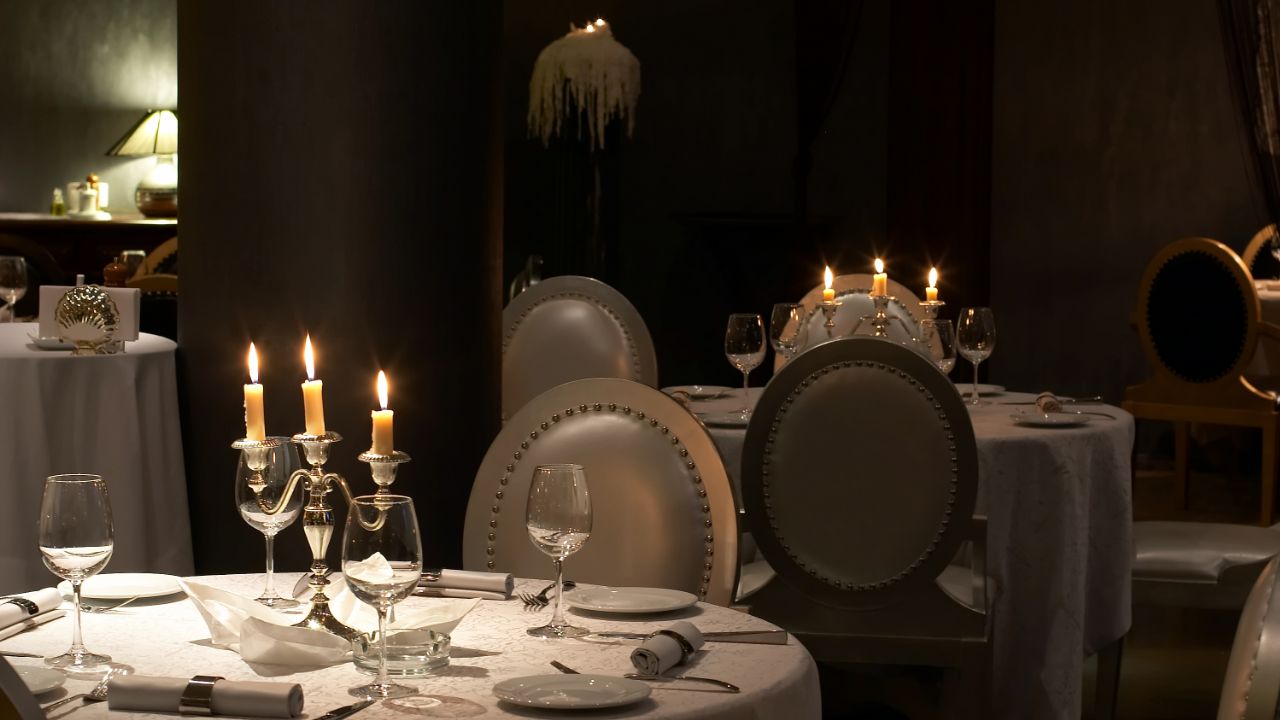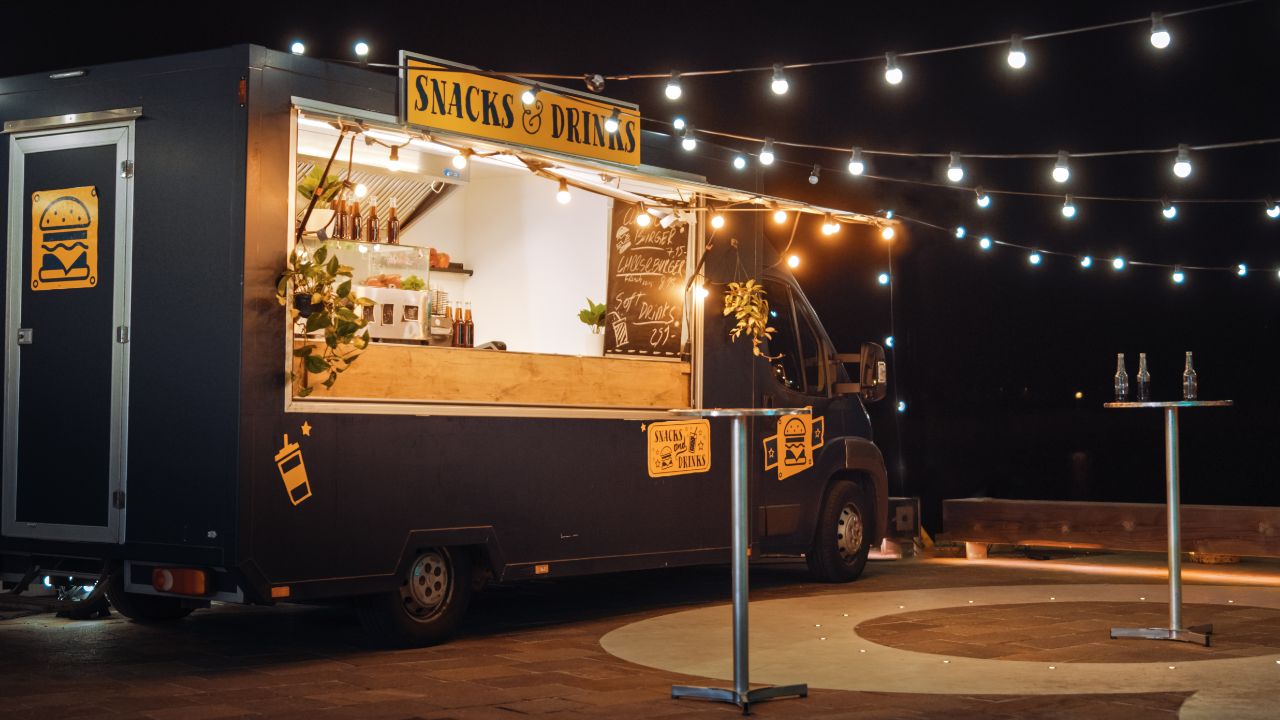You might have a specific picture in your head when you think about eating at a restaurant, but restaurant dining experiences can be extremely varied.
That’s because there are so many different types of restaurants!

Regardless of whether you’re involved in the restaurant industry yourself or just enjoy treating yourself to a meal out now and again, it’s important to be aware of the different kinds of restaurants.
Knowing this information will help you to either make smart business decisions or ensure that the restaurants you choose to dine at match your preferences.
So, without further ado, we’re going to discuss the 18 different types of restaurants you need to know about.
The 18 Types Of Restaurants
1. Casual Dining
Casual dining restaurants are some of the most popular restaurants because these types of restaurants are perfect for when you want a sit-down meal with table service without the pressure that comes with less relaxed dining establishments.
Most casual dining restaurants will have large menus with a lot of choice at affordable prices, including appetizers and dessert options.
Alcoholic beverages are usually served at these restaurants as well.
Casual dining is sometimes confused with fast food (see below), but there are some major differences between these types of restaurants, mainly the higher quality and prices of casual dining and the expectation of hosting and table service.
2. Fast Food
Fast food restaurants are arguably the most popular dining scene in America based on statistics.
About ⅓ of the American population either eats at or orders from a fast food restaurant on a near-daily basis.
Fast food is exactly what it sounds like: food that can be prepared quickly. The priority at fast food restaurants is convenience and affordability.
You can get fairly large meals for low prices at fast food restaurants, which is partly what makes them so appealing.
Another reason for the popularity of fast food is that many fast food restaurants serve comfort food like burgers and fries, which may not be particularly nutritious, but it definitely tastes amazing.
3. Fast Casual
We mentioned earlier that there is some confusion between casual dining and fast food, and part of the reason behind that is the existence of fast casual dining restaurants.
These restaurants provide the fast convenience and comfort food you can find in fast food establishments, but the dishes are made using ingredients of a higher quality, which means that the prices are a little higher than your average fast food.
While you also get to enjoy a sit-down meal at fast casual restaurants, which is similar to casual dining, full table service is not usually offered.
Instead, you typically order your food through an app or at the bar.
4. Contemporary Casual
Another variation of casual dining is the contemporary casual dining experience.
Contemporary casual restaurants are very similar to your average casual dining restaurant in terms of the service they provide, but there is a larger focus on contemporary branding and the atmosphere is generally slightly more relaxed.
One key difference between most casual dining restaurants and contemporary casual restaurants is that there is usually more emphasis on dietary requirements like veganism and on sustainable, organic food at contemporary casual restaurants.
You will usually also find a wider variety of cuisines from around the world at these restaurants.
5. Pub/Bar
While you would usually associate going to a bar or to the pub with drinks rather than food, more and more of these establishments are now also serving food.
It can be nice to go for a meal at your local pub or bar because these places tend to have livelier atmospheres than most restaurants, and you can often listen to live music or watch a sports game with your friends at the same time.
Although we have grouped bars and pubs together as one type of restaurant because they often serve the same kinds of hearty, pub-style food, there is a difference between the kind service you can expect at a bar versus at a pub.
Pubs often provide table service, whereas when you order food at the bar, table service probably won’t be included.
Additionally, bars might only serve food during the daytime whereas you can usually get food at pubs in the evening.
6. Diner
The diner is the epitome of American-style dining, so it’s definitely one of the most popular kinds of restaurants in the United States, although these restaurants are less common in other areas of the world.
Diners are usually known for their breakfast food as well as their classic burgers and fries.
The meals you can get at most diners are very affordable, although the cost is not as low as fast food because you still get table servings.
Still, compared to your average restaurant, diners are less expensive.
7. Buffet
Buffet-style restaurants are a great choice of dining environment if you’re looking for a relaxed atmosphere and want to be able to sample a wide variety of foods over the course of a single meal.
The main appeal of the buffet restaurant is the customizability that customers get to enjoy.
Usually, buffets will provide trays of different foods (often within a certain theme such as Indian or Chinese cuisine, but not always), and guests can take a plate and help themselves to as much as they want.
Some buffets operate on an ‘all you can eat’ basis, which means that diners are free to refill their plates without restriction.
8. Bistro
A bistro is a specific kind of restaurant known for having a laid-back and very social atmosphere.
You’ve probably heard the word ‘bistro’ used many times before, but a lot of people don’t actually know what it means.
Basically, a bistro is simply a small restaurant that serves food for moderate prices.
It’s similar to casual dining in terms of the service, but what sets bistros apart from casual dining or even contemporary casual restaurants is the type of food you can expect.
Usually, bistros will serve home-style French cuisine, so the food is of a higher-quality and focused around authentic French recipes.

9. Fine Dining
For a sophisticated, high-quality dining experience, fine dining restaurants are undoubtedly the best option.
A fine dining establishment sets itself apart from other restaurants in a few different ways.
First of all, the table service is on another level and the customer service is very attentive.
Additionally, and most importantly, the food features exquisite attention to detail and is made with high-quality ingredients.
Along with your food, you can order some very expensive wine and spirits.
Unlike most other restaurants, there is a formal dress code at fine dining restaurants, and you’ll need to be familiar with etiquette.
10. Family-Style
Family-style restaurants provide a wonderful dining experience that’s all about community, sharing, and making memories over food.
You might also hear family-style dining referred to as large-format dining.
What this means is that the food is served on sharing platters, and the idea is for everyone to help themselves to the same dishes.
Family-style restaurants often serve dishes inspired by a single country’s cuisine, but they sometimes offer various dishes from cuisines all around the world, which adds to the connection-creating atmosphere that this type of restaurant provides.
Although table service is provided, these environments are relaxed and there is no dress code required.
11. Cafe
When you think of a cafe, you probably think about ordering a cup of coffee and maybe a pastry.
However, many cafes actually provide full menus of food, usually for breakfast or lunch, so they’re the perfect place to stop and grab a quick bite to eat in the middle of the day.
Unlike some other types of restaurants, there is no set price point or type of cuisine associated with cafes beyond the fact that breakfast and lunch foods are usually the main items on the menu.
In most cases, cafes provide a laid back ambiance and aren’t too expensive, although some are more high-end than others.
12. Cafeteria
Not to be confused with a cafe, a cafeteria is a type of restaurant that you might associate with work or school.
That’s because a cafeteria is a term used to describe a restaurant within a larger establishment such as a school, office building, or hospital.
A cafeteria is set apart from other restaurants by the fact that diners will get their food from a counter rather than being served at a table.
Sometimes, cafeterias operate on a self-service basis, or you might be required to ask for the dish you want and let the person behind the counter plate up your portion for you.
You will also pay for your meal at the counter, so there is no table service at all beyond the removal of the plates after your meal.
Although cafeteria dining may not be the most luxurious and generally doesn’t involve the highest-quality food, it is a very efficient and usually inexpensive way to get a hot meal, which is the whole point.

13. Food Truck
Some people might not consider food trucks to be ‘real’ restaurants, but nonetheless, we think it’s important to talk about food trucks in the context of the restaurant industry because they are one of the most efficient (and lucrative) ways to serve food at events.
You’ll usually see various food trucks at events such as festivals, or even in large open spaces like parks.
Food trucks provide a convenient way for hungry event-goers to buy food without having to stop and sit down for a meal.
Food trucks are extremely versatile in terms of the kinds of food that they serve.
From American-style burgers and fries to global cuisines such as Thai or Chinese, or even treats like ice cream, donuts and cotton candy, there’s no limit to the type of food that these mobile restaurants can serve.
14. Pop-Up
Pop-up restaurants are similar to food trucks, but while food trucks are more often than not connected to events, pop-up restaurants can quite literally ‘pop up’ anywhere for a limited period of time.
The point of a pop-up restaurant is that it’s temporary, so if you see one that you like the look of, you should take advantage of it while it’s up and running!
These restaurants are typically themed, and the menu will feature food that fits within that theme.
Pop-up restaurants provide chefs with insight into the restaurant industry without having to commit to working in a restaurant full-time (at least, not yet).
15. Drive-In
You’ve probably heard of drive-in movies, but have you ever eaten at a drive-in restaurant?
These restaurants are different from drive-in restaurants (which we will be discussing shortly).
At a drive-in restaurant, you sit in your car in the designated parking area and wait for your food to be brought out to your vehicle.
It’s basically like fast food with table service, but in your car!
Sometimes, drive-in restaurants are combined with drive-in cinemas, so you can enjoy the drive-in movie experience along with a delicious meal without ever having to get out of your vehicle.
16. Drive-Thru
Drive-thru restaurants (see also ‘14 Juicy And Delicious Menu Items From Checkers And Rally’s‘) are a more familiar concept for most people compared to drive-in restaurants.
These types of restaurants are very successful because they provide an ultra-convenient way to order fast food when you’re in a rush.
You might be thinking that the whole point of fast food restaurants is that they serve food quickly, but similar to a drive-in restaurant, there’s the added element of not having to get out of your vehicle and go inside the building to order your food.
Instead, you just roll down your window and speak either into an intercom or to a worker who takes your order.
In most cases, you’ll then drive around to a second window where you’ll be asked to pay and handed your food.
17. Ghost Restaurant
If you’ve never heard of or ordered from a ghost restaurant before, it might not sound very appealing, but we promise it’s less spooky than it sounds!
Basically, a ghost restaurant, or ghost kitchen, is a restaurant that you can only order from as opposed to visit.
The focus in these kitchens is maximum efficiency and low cost with the aim being to send out as many orders as possible to customers.
Ghost restaurants can produce a wide range of foods from various cuisines.
Sometimes they will focus on one kind of cuisine whereas other ghost kitchens might specialize in many world cooking styles.
18. Destination
A destination restaurant is a restaurant designed to draw people to a specific destination even if they don’t live nearby.
The concept of the destination restaurant began with the Michelin Guide, which started in France and gives certain restaurants ratings indicating that the food and atmosphere is worth a trip especially to dine there.
Final Thoughts
This list of the 18 different types of restaurants shows that there are many more kinds of restaurants than most people think!
Maybe our article has introduced you to a type of restaurant you weren’t aware of before.
Remember that the definitions provided in this article are generalized, and some restaurants will do things a little differently in order to stand out from the crowd, but you can usually know what to expect from a dining establishment by identifying the restaurant type.
- 15 Traditional Greek Breads - July 31, 2023
- 30 Delicious And Gluten-Free Cookie Recipes - July 29, 2023
- 30 Of The Best European Desserts - July 29, 2023
